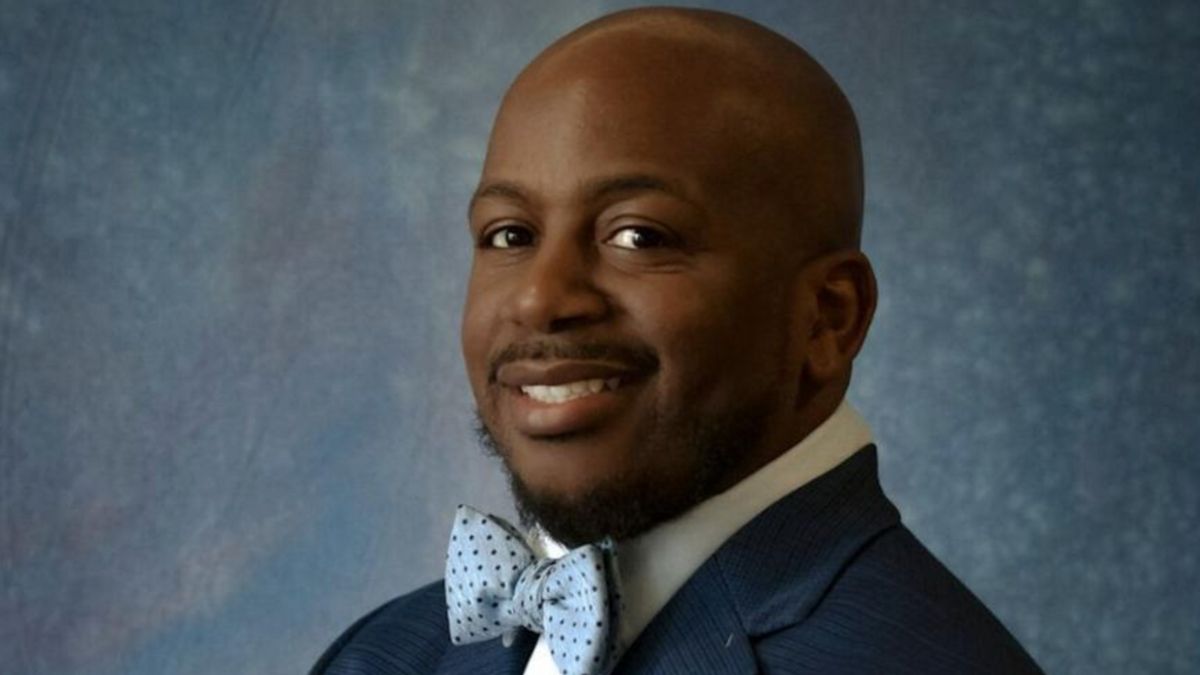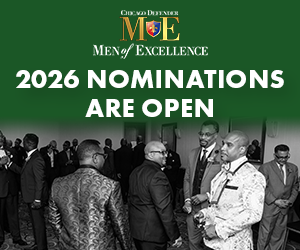As the city explores alternatives, Deputy Mayor of Community Safety Garien Gatewood shares the Johnson Administration’s vision for investing in people and improving first responder technology (Photo Credit: Chicago Mayor’s Office).
With Chicago pulling the plug on ShotSpotter, what will replace it? The city recently opened bids from vendors offering alternative first responder technology to replace the acoustic gun detection technology.
Chicago isn’t the first city to scrap ShotSpotter and resort to alternatives. For what life could look like post-ShotSpotter, one could look at cities like Seattle and Portland for clues. The former expanded its automatic license plate reader program and invested in software that integrated dispatch, 911 call, surveillance camera and license plate reader data into one map.
The latter focused on providing more support programs for victims and those at risk.
A working group under Mayor Johnson’s administration is considering putting money into programs at schools and hospitals that focus on preventing crime and helping victims. Officials also aim to improve how fast first responders can act and how well they can monitor situations. They also want to hire more personnel to work directly with communities to solve crimes, provide more funding to street outreach programs and bring on violence interrupters to stop conflicts before they get worse.
As Deputy Mayor Garien Gatewood shares in Pt. 2 of his Q&A with The Chicago Defender, these programs and others mentioned below would fulfill the Johnson Administration’s vision for community safety.
This is Part 2 of our conversation. Read Part 1 here.
Tacuma Roeback: If you can make clear to people why it was necessary to take down ShotSpotter, especially in light of the concerns that it led to over-policing in Black and Brown communities? Can you make it clear why Mayor Johnson needed to take this stand?
Deputy Mayor Garien Gatewood: It was necessary to take the stand for Mayor Johnson because he felt like communities deserve better options. You’ve heard him say multiple times that communities without ShotSpotter have investments. So, the focal point of his entire administration has been keeping people safe and investing in people.
[perfectpullquote align=”full” bordertop=”false” cite=”” link=”” color=”” class=”” size=””]You look at all of the investments that he has made and will continue to make. They were never solely based on one piece of technology. How do we look for options to invest in people? How do we ensure our agencies have the necessary resources, and how do we continue to show up? [/perfectpullquote]
With regard to some communities feeling overpoliced, I would say that there is a need to build stronger relationships with those communities and with communities overall. That is one of the number one priorities of the superintendent.
That’s a conversation you can have with him as well about how the Chicago Police Department, how the Mayor’s office, and not just the Chicago Police Department because I think it bears saying that it’s about how all of the government shows up.
I was talking to someone the other day, and there are two very visible entities in the government of Chicago: Mayor Brandon Johnson and the Chicago Police Department. After five o’clock, that is the government people see.
The reality of it is our Streets and Sanitation Department, our Chicago Fire Department, our Office of Emergency Management and Communications, the Department of Buildings, BACP [Business Affairs and Consumer Protection], all of the DFSS [Department of Family and Support Services], all of these entities come together to deliver services for the people of Chicago. And I think this is going to be important, that people have stronger relationships with their government overall, so we can continue to deliver for them.
READ: Exclusive Q&A: Ralph Clark on ShotSpotter Controversy and City Council Vote
Tacuma Roeback: What new technologies is the city investigating to replace ShotSpotter, and what will be the most important criteria for choosing a new system?
Deputy Mayor Garien Gatewood: Because the RFI is open, I can’t really get into particular forms of technology because we don’t want to have a weighted opinion in any direction. We are excited, and we are hopeful that we get the most responses that the city has ever seen for an RFI for technology in this one. That is what we’re hoping for.
This is also why we’ve been out talking about it: We need to see what is in the space. A lot has evolved over the last six-plus years that we have had this one form of technology. So we need to see what’s out there. We’re excited to see what’s out there because we’re also excited to see what results they can bring to the people of Chicago.
Tacuma Roeback: I know that Chicago’s leaders have talked to cities like Seattle and Houston about different technologies. What ideas from those cities did you all find the most useful?
Deputy Mayor Garien Gatewood: It was how they moved forward with different forms of, not just technology, but some of their approaches to community safety overall. I have a phenomenal Senior Policy Advisor, Alyx Goodwin, who has been running point on communications with some of those other jurisdictions. Obviously, I’ve been in contact with them as well. And we’ll continue to do that, right? I want to be clear: We’re always in communication with different jurisdictions to learn from some of the work they’re doing so we can layer it on top of the positive work we’re doing in the city of Chicago.

ShotSpotter (Photo Credit chicagojustice.org).
Tacuma Roeback: With Shot Spotter, of course, there have been reports that maybe it wasn’t the most effective in detecting gun violence incidents of guns being used or that it’s led to over-policing in these communities. How does Chicago avoid this issue of over-policing in these communities with the new technology it seeks to implement?
Deputy Mayor Gatewood: There’s never a goal to over police. The goal is to be in better relationships with the community for all of the government across the board. It’s important to note that we will be able to see what technology is available, and we can assess what is best for the city at the close of the RFI and as we go through the other processes after that.
Tacuma Roeback: Deputy Mayor Gatewood, from your purview, what’s the city’s bigger plan for keeping people safe while also building trust in Chicago?
Deputy Mayor Gatewood: The bigger plan is to continue to build on the work that we have done. Violence has long been an issue in the city of Chicago, and we have continued to see downward trends in our major violent crime categories. More importantly, people need to feel safe, and I think people can begin to feel safe by understanding and working closer with their government and community-based organizations.
As a matter of fact, you all did cover some of the work we did with (the Take Back the Block initiative), right? So that was the mayor showing up in communities with his entire cabinet. I don’t know if previous administrations, or any administration in the country, have ever done anything like that, where you take a four-block radius and send your infrastructure departments out.
You clean the area; you trim trees. You repair street lights, sidewalks, speed humps. You go in at their water department issues that need to be taken care of. You bring your street outreach workers in. You bring your Chicago Police Department in, and then you have the mayor on those blocks with members of his cabinet, commissioners. So people are understanding that this is the person who runs this department. This is who I should be calling, and this is how we engage. I will also lift up the work we have done in the people’s plan for community safety, having folks understand more and more what calls should go to 911 and what calls should go to 311.
[perfectpullquote align=”full” bordertop=”false” cite=”” link=”” color=”” class=”” size=””]How you inform and educate people on how to use different forms of government to show up for them in partnership. That is how we continue to drive safety in the city of Chicago, and we are only going to get there by everybody working together. [/perfectpullquote]
This is why, we’ve always said, the mayor himself has always shared that the fifth floor is wide open for people to come in and work with us. We’ll work with anybody interested in keeping our city safe and helping our city get better.
This is Part 2 of our conversation. Read Part 1 here.




